1. Colonial Kitchen Wipeout
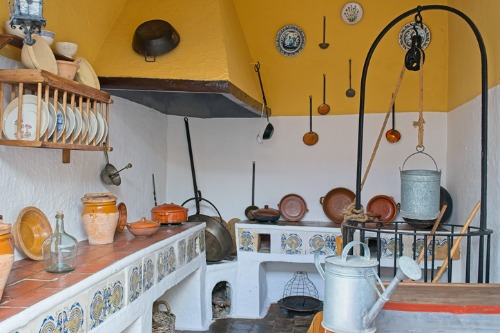
A 1920s Colonial-style home was transformed with a high-end, all-white kitchen renovation. Original cabinetry, hand-carved crown molding, and a charming but small pantry were removed to create a more open plan. The countertops and appliances were state-of-the-art, yet the space felt sterile and impersonal. Locals remarked that the home had “lost its personality” despite the expensive makeover.
The family loved entertaining in the new space, but historians pointed out that details like the original wide-plank floors and vintage cabinets gave the home its unique identity. The remodel had removed century-old craftsmanship for a uniform, modern look. While functional, it also erased the story of the house. This is a classic example of style winning over substance.
2. Victorian Fireplace Removal
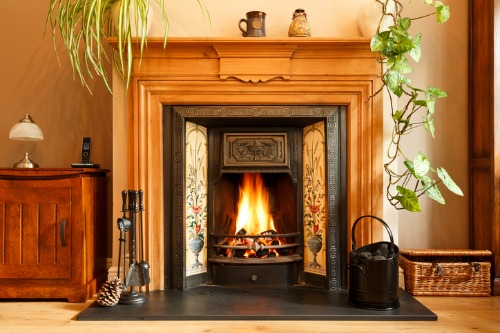
A Victorian-era home underwent a luxury renovation, and one of the first things removed was the ornate marble fireplace. The renovators argued that it “cluttered the space” and installed a minimalist electric heater instead. While it fit the modern aesthetic, it left the main living room feeling empty and cold. The intricate woodwork surrounding the fireplace was also discarded, eliminating key decorative details that had defined the house.
Friends and family visiting the home lamented the loss, saying it now felt like any new-build apartment. The original mantel had been a conversation piece for generations, with carvings that told a story of the era. Without it, the house lost a tangible connection to its past. It’s a reminder that some historic features carry emotional weight beyond their functional use.
3. The Mid-Century Modern Overhaul

A 1950s mid-century home was purchased by a couple eager to modernize every corner. They installed sleek white cabinetry, removed the original terrazzo flooring, and replaced the vintage windows with floor-to-ceiling glass panels. While the result was undeniably clean and bright, the home lost the warmth and character of its original design. Neighbors noted that what once felt nostalgic now resembled a corporate showroom.
The homeowners loved the airy feel, but visitors often remarked that the “soul” of the house had disappeared. The original geometric built-ins, once a hallmark of the era, were completely gone. The remodel may have increased market value, but in the process, it erased decades of architectural history. For many, this is a classic case of money meeting modern ambition at the expense of charm.
4. Craftsman Bungalow Gut
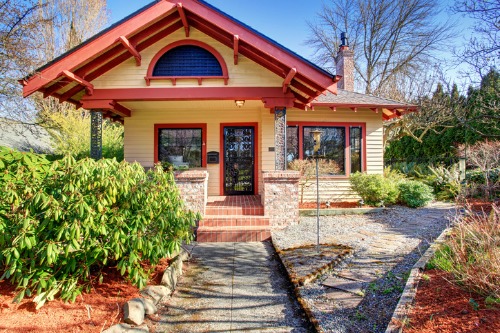
A 1910 Craftsman bungalow underwent a gut renovation, replacing built-in shelving, exposed beams, and original wood trim with glossy laminate and recessed lighting. The remodel aimed to create a “magazine-ready” interior. While visually striking, the cozy and artisanal feel that defined Craftsman design was entirely gone. Friends commented that it looked more like a loft than a bungalow.
Original leaded glass windows were replaced with energy-efficient panes, stripping the home of its intricate visual charm. The homeowners appreciated the easier maintenance and modern look. However, architectural purists criticized the loss of authentic period details. It’s a textbook case of expensive renovation clashing with historic preservation.
5. Georgian Facade Fiasco
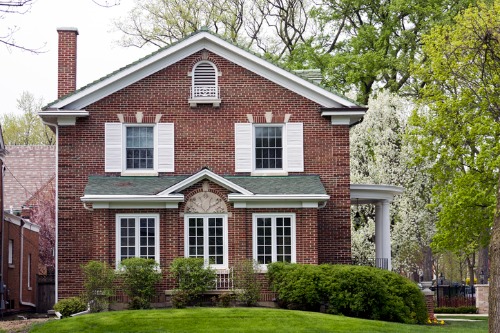
A 1930s Georgian-style home had its symmetrical facade altered to accommodate a grand new garage and modern entryway. Original brickwork and wooden shutters were replaced with modern siding and oversized windows. The result was jarring, with classic proportions lost entirely. Neighbors and local historians noted that the house “no longer read as Georgian at all.”
Inside, the foyer’s intricate plaster ceiling was also removed for a more open design. What was once a stately entryway now felt generic and impersonal. The investment was enormous, yet the home’s historic identity suffered greatly. This illustrates how exterior changes alone can destroy historic charm.
6. Tudor Half-Timber Destruction
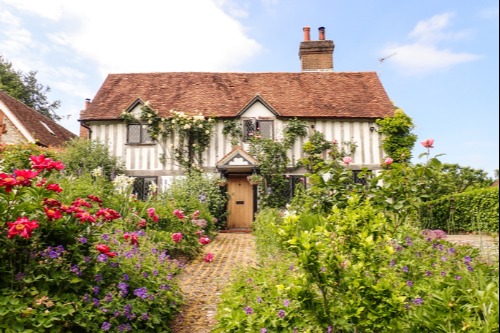
A 1925 Tudor cottage underwent a full remodel that stripped the half-timbered facade in favor of a smooth, painted exterior. The original steeply pitched roof and leaded glass windows were replaced with more contemporary versions. The house lost its quintessential “storybook” appearance that made it stand out on the street. Local enthusiasts commented that it now resembled a modern suburban box.
The interior received similar treatment, with arched doorways squared off and stone fireplaces removed. The original timbers, exposed for nearly a century, were discarded. While the homeowners loved the bright, clean interior, the historic authenticity was gone. The renovation is often cited as an example of modern tastes clashing with period character.
7. Art Deco Bathroom Makeover
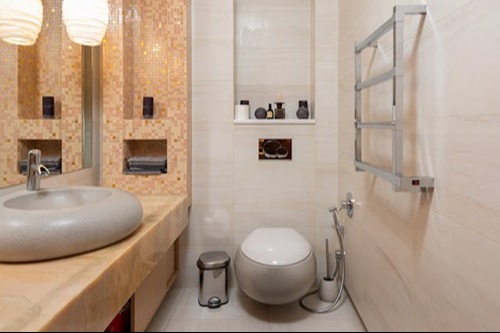
A 1930s Art Deco apartment bathroom was gutted to install marble tiles and a frameless shower. The original black-and-white geometric tiles and chrome fixtures, hallmarks of the era, were discarded. The result was luxurious but utterly devoid of the playful design of the original space. Fans of Art Deco lamented that a tiny room could lose so much identity.
The faucet hardware, lighting sconces, and mosaic accents were all replaced, erasing subtle period references. While visually striking, the renovation removed decades of design history. Visitors commented that it now felt like a standard luxury hotel bathroom. This demonstrates how even small spaces can suffer when historic details are removed.
8. Farmhouse Modernization Gone Wrong
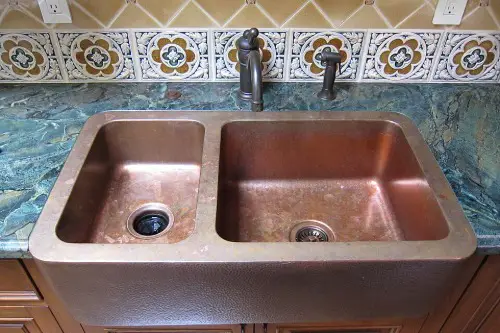
A 1900s farmhouse was purchased by a family eager to modernize with open-concept living. Original wooden walls and vintage cabinetry were replaced with sheetrock and sleek built-ins. The kitchen island dominated the space, leaving little trace of the rustic charm that had made the home unique. Neighbors were shocked to see a house with “no personality left.”
The family enjoyed the new efficiency and storage, but the creaking floors and exposed beams that told the home’s history were gone. The remodel erased the lived-in feel that had been part of its character for over a century. Even antique lighting fixtures were discarded in favor of LEDs. This is a cautionary tale of convenience over heritage.
9. Spanish Revival Roof Replacement
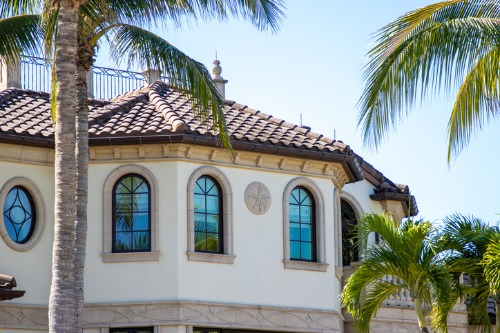
A 1928 Spanish Revival villa had its clay tile roof replaced with cheaper, uniform shingles during an expensive remodel. The original terracotta tiles gave the home its signature silhouette and historic warmth. Removing them created a jarring visual mismatch with the stucco walls. Architectural critics noted that the renovation “flattened the home’s personality completely.”
Inside, arched doorways and decorative tiles were also replaced with generic materials. The once-cohesive Spanish motif was lost in favor of uniform modernity. Despite higher resale value, the home lost a major part of its historical identity. This case highlights how rooflines and exterior materials are critical to preserving charm.
10. Greek Revival Columns Cut
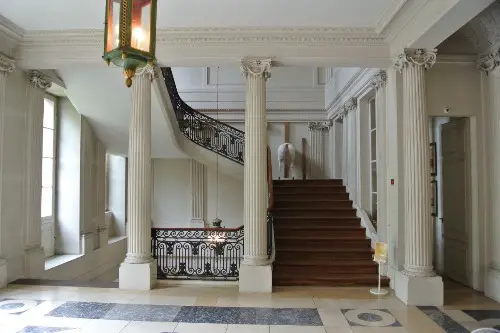
A Greek Revival estate saw its grand columns shortened and painted over to accommodate a modern porch. The ornate pediments and pilasters were removed in the process. The renovation created a more casual look but stripped away the architectural drama that made the house historically significant. Locals remarked that the home looked “shrunk” and generic.
Inside, original crown molding and staircase details were also replaced with plain modern finishes. The house lost its elegant symmetry and imposing presence. While structurally improved, the historic grandeur vanished. This example shows how altering signature elements can drastically change perception.
11. Queen Anne Gable Flattened
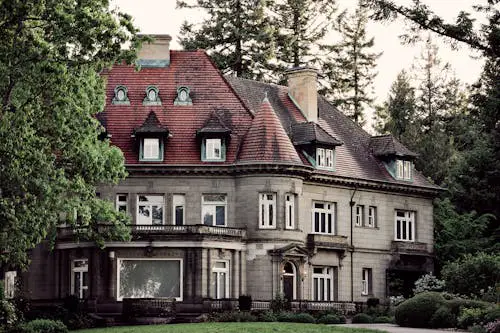
A 1890s Queen Anne home had its asymmetrical gables removed to simplify the roofline during an expensive remodel. The original turrets and bay windows were also altered to accommodate more interior space. The result looked less whimsical and more like a standard suburban home. Enthusiasts called the changes “heartbreaking,” noting how the remodel erased the home’s storytelling details.
Inside, wood trim and patterned floors were stripped for neutral finishes. While functional, the interior felt generic compared to the original charm. The playful complexity of the architecture was sacrificed for clean lines and light. This demonstrates the risks of prioritizing space over historical design.
12. Log Cabin Minimalist Makeover
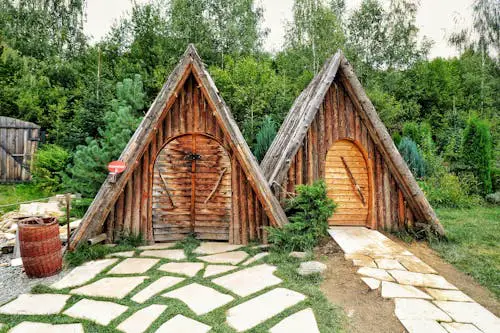
A rustic 1920s log cabin was renovated with minimalism in mind. Exposed beams were painted white, the stone fireplace was replaced, and log walls were covered with drywall. While the light-filled space was appealing to the new owners, the cozy, woodsy charm that defined a cabin was erased. Neighbors remarked that it “looked like a Scandinavian studio rather than a cabin.”
Original wooden floors and handmade details were also removed. The result was efficient and stylish, but the home’s story was gone. Every piece of patina that gave the cabin character had disappeared. This case underscores the tension between modern design trends and rustic heritage.
13. Edwardian Bay Window Loss

A 1915 Edwardian home had its signature bay windows replaced with standard, flat panes during a luxury remodel. The new windows improved insulation and light, but the curved, ornate feel of the facade vanished. Passersby noted the home now blended into a sea of modernized houses. The owners loved the sleek finish, but preservationists lamented the loss of a century-old architectural touch.
Inside, built-in seating and decorative window frames were removed as well. The room felt brighter but lacked the depth and warmth of the original space. Every cozy nook that had made the home unique was erased. This illustrates how even functional upgrades can unintentionally strip historic character.
This post 13 Expensive Remodels That Accidentally Destroyed Historic Charm was first published on Greenhouse Black.
